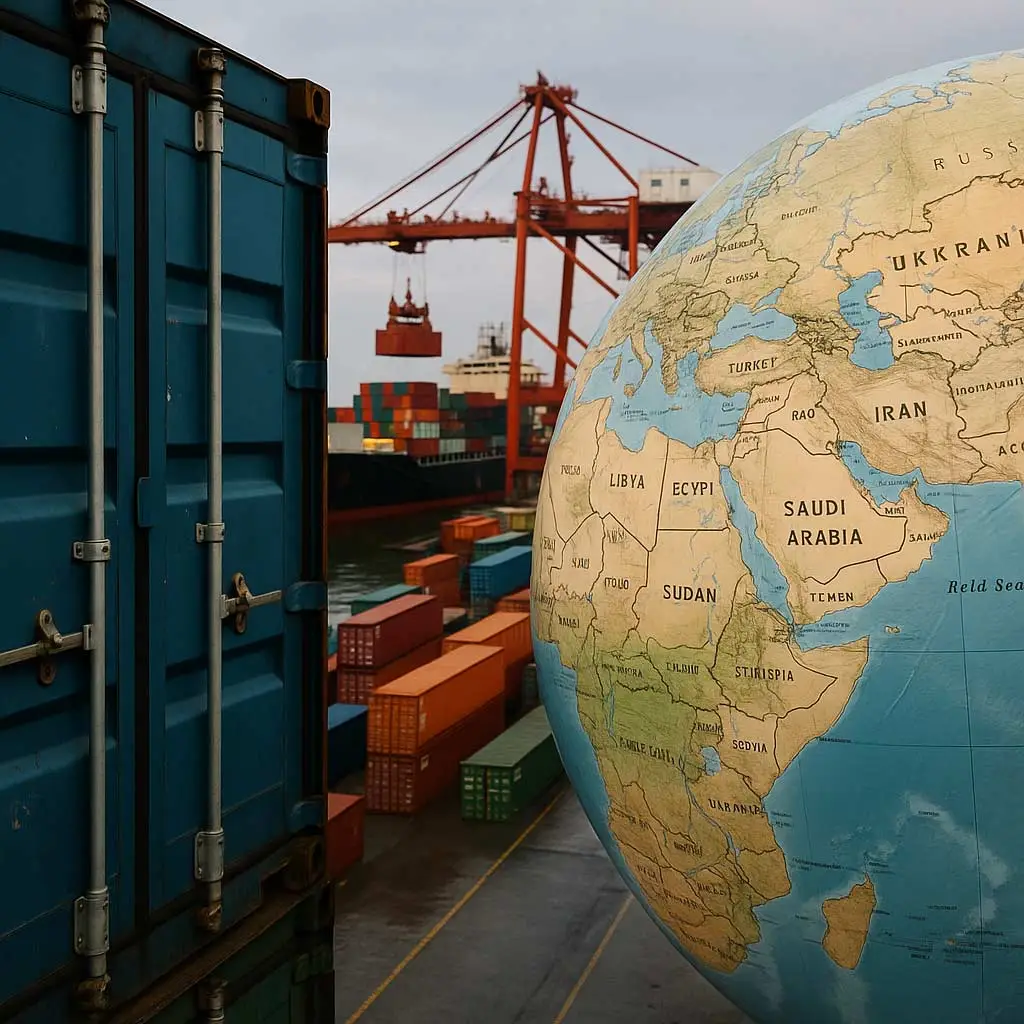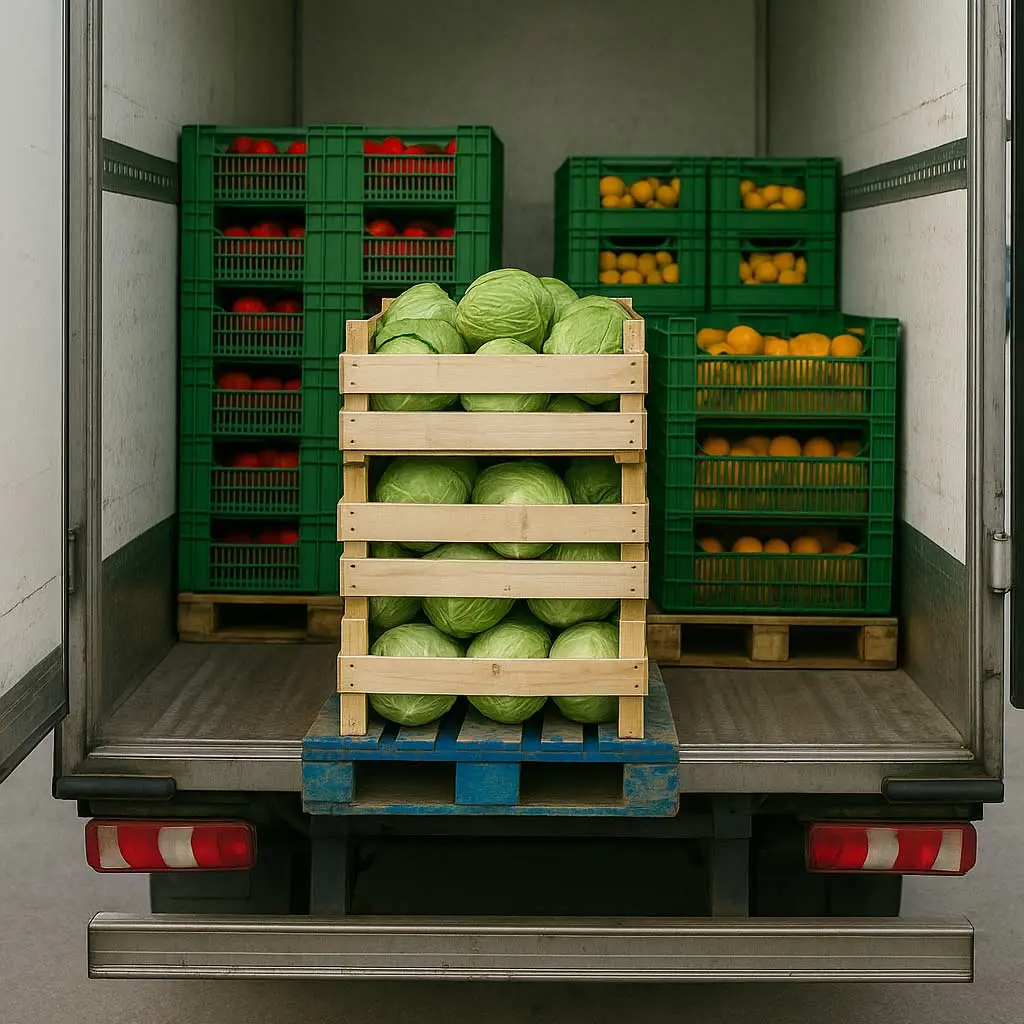The COVID-19 pandemic has had a tremendous impact on the food and beverage industry across the globe. The effects of this pandemic have been both immediate and far-reaching, resulting in disruption to supply chains and a decrease in demand from consumers.
Among other impacts, many restaurants and bars were forced to close which caused a significant shift in operations for wholesalers and distributors. At the same time, manufacturers were struggling to adjust their production lines due to limits on materials, personnel, and shipping functions. These challenges have shown that there are several areas of the food and beverage supply chain that require further attention going forward in order to maintain a healthy ecosystem within this vital industry.
The federal government’s decision to change COVID-19 restrictions around workers in the food and beverage industry has had a positive impact on manufacturing sectors. Rightfully the government has prioritised the food & beverage industry as it is one of Australia’s largest industries — being worth almost $133 billion annually and which employs more than 270K people across all states. By late 2021 voices from industry were being heard loud enough that changes had been made regarding this particular area.
Food and grocery manufacturers around the world have been facing an unprecedented situation since COVID-19 began causing shipping delays. This includes both imports, such as ingredients or packaging that can’t come into US ports because they’re waiting on ships with empty holds; finished goods unable to leave factories for lack of raw material due primarily at least partly out if foreign countries imposed trade restrictions following last winter’s epidemic – all these factors combined mean there’s less food available when it comes time do cook up something new.
The CEO of the AFGC, Tanya Barden has said that these shortages are broad and unprecedented, which is affecting shipping as well.
While the freight industry faces tall challenges, such as a shortage of diesel additives that are urgently needed to prevent shortages in our supply chain and an ongoing timber palletization problem, Barden says they’re working tirelessly with supermarket retailers to minimize disruptions for consumers.
The recent purchases of staple goods, such as rice and pasta for panic buying may be slowing down. The government analysis also concludes that any disruption to Australia’s 10% food imports would not significantly impact on our country’s security when it comes to feeding its people.
With the help of this roadmap, food and beverage manufacturers can expect to see an increase in smart manufacturing by 2023. This will result in more efficient processes that are better able to meet consumer demands while also supporting our local economy with jobs created right here at home.
“It is going to take a while before shipping and transportation services can stabilise. In the meantime, there are ongoing issues with driver availability because of COVD-19 as well as pre existing problems that have been building up for some time.”
The government department found that although supermarket shelves were hit with unexpected shortages during the pandemic, it was caused just as much by an increase in demand — not due to food security issues.
“We remain concerned about a shortage of pallets in the lead up to Christmas and the longer-term outlook for this critical component of the supply chain item.” said Barden.
The Australian government’s Department of Agriculture, Water and the Environment analysed Australia’s food security in light on COVID -19 pandemic. The report makes clear that as a nation we’re one of most safe places to eat right now with our low rates for undernourishment and affordable costs.



